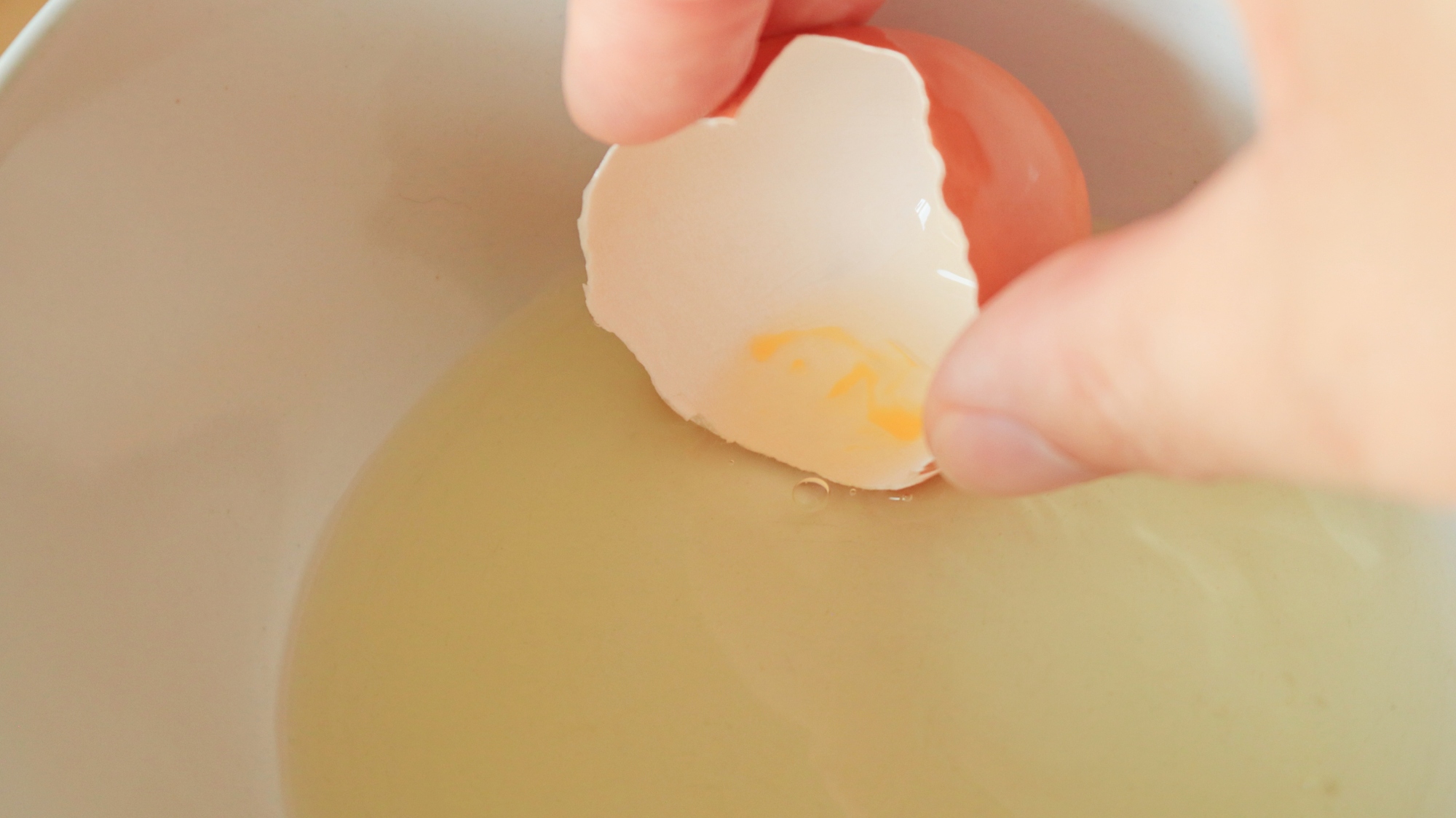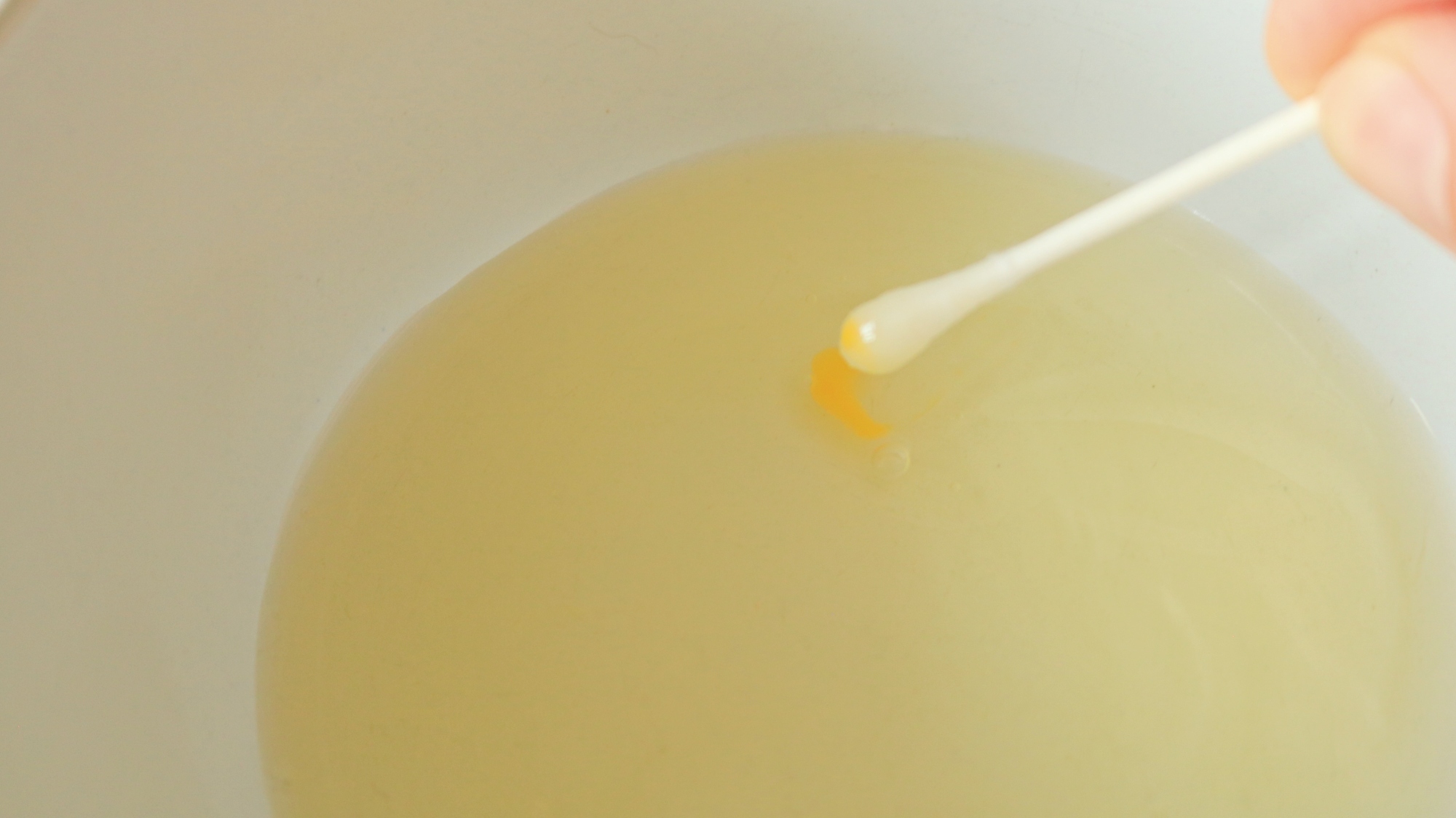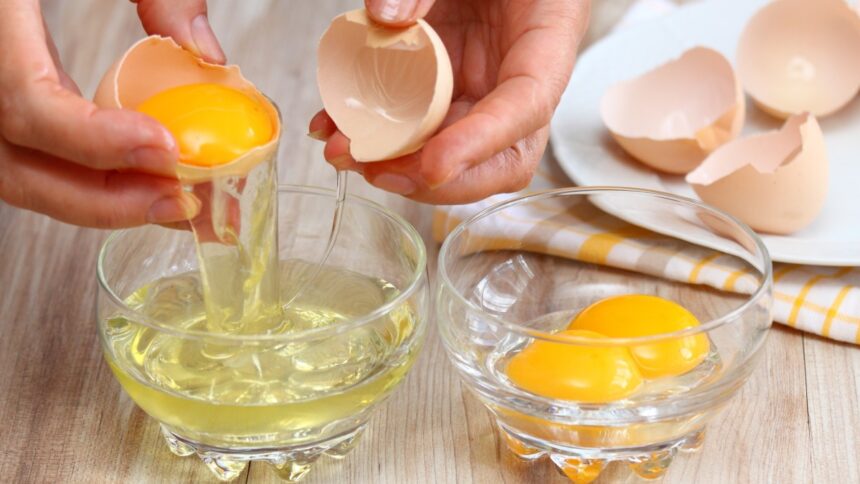Mastering Egg Separation: Elevate Your Culinary Game
There are countless reasons to separate egg yolks from whites—be it dietary choices, taste preferences, or culinary techniques. A quick and somewhat haphazard crack-and-dump method often suffices. A slightly broken yolk seems manageable, but it can prove disastrous in a specific situation: preparing meringue. Even a tiny amount of yolk can hinder meringue from attaining its ideal airy texture.
The Challenges of Using Yolks
When egg whites are whipped correctly, they become a fundamental component for a variety of delightful dishes, such as light and fluffy omelets, ethereal pancakes, airy Japanese cheesecakes, a crunchy pavlova, or this lemon pudding cake. Unfortunately, the presence of fatty egg yolk (or any source of fat) can disrupt the process of forming a sturdy foam in the egg whites. As a result, they require more time to whip, and the overall volume suffers. In situations where six or seven egg whites have been successfully separated, a rogue yolk can derail the whole batch. Fortunately, two effective methods can help remedy this issue.
Methods to Rescue Your Egg Whites
Utilize an Eggshell Half
When attempting to retrieve unwanted egg components from a bowl, nothing outperforms a piece of eggshell. This insight arose after trying a different technique with disappointing results. Dipping a clean eggshell piece near yolk remnants allows for easy retrieval. The same principle should apply here: if an eggshell can snag excess yolk, it surely can help in this instance.

Credit: Allie Chanthorn Reinmann
By using a discarded eggshell, yolk remnants can be easily lifted. While a small amount of white may be lost in the process, the gain of properly whipped whites makes it worthwhile, even for larger yolk blobs.
Employ a Cotton Swab
This method is useful for situations where only a tiny trace of yolk has infiltrated the whites and the eggshell is no longer an option. This tip, seen on America’s Test Kitchen’s Instagram, seemed promising as a yolk-catching tool. While it may not work perfectly for all, it could be beneficial in specific cases.

Credit: Allie Chanthorn Reinmann
To use this technique, dip a cotton swab into the whites near the yolk. By gently spinning the swab, the yolk should adhere to the cotton tip and lift away from the whites.
Preventing the Issue
The ideal method for preserving the integrity of egg whites is to avoid breaking the yolks from the outset.
Avoid Passing Yolk between Shells
It’s a common mistake to juggle yolks from one shell to another, leading to breakage. This often poses a challenge, especially if the edges of the shell are sharp and jagged. Confidence can lead to carelessness, and it is perhaps the simplest route to spoiling yolks.
Embrace the Use of Hands
Another straightforward approach is to utilize fingers as a natural sieve. Crack the egg into the non-dominant hand, letting the whites fall through while gently pinching off any lingering whites, which allows for better control of the yolk.
Crack Eggs into a Separate Bowl
A smart practice is to crack each egg into an intermediary bowl first. Once assured that the white is clear, it can be transferred to the mixing bowl. This way, if yolk breaks during the process, the primary bowl remains usable. Set aside the failed egg white for another use or a tasty snack.












